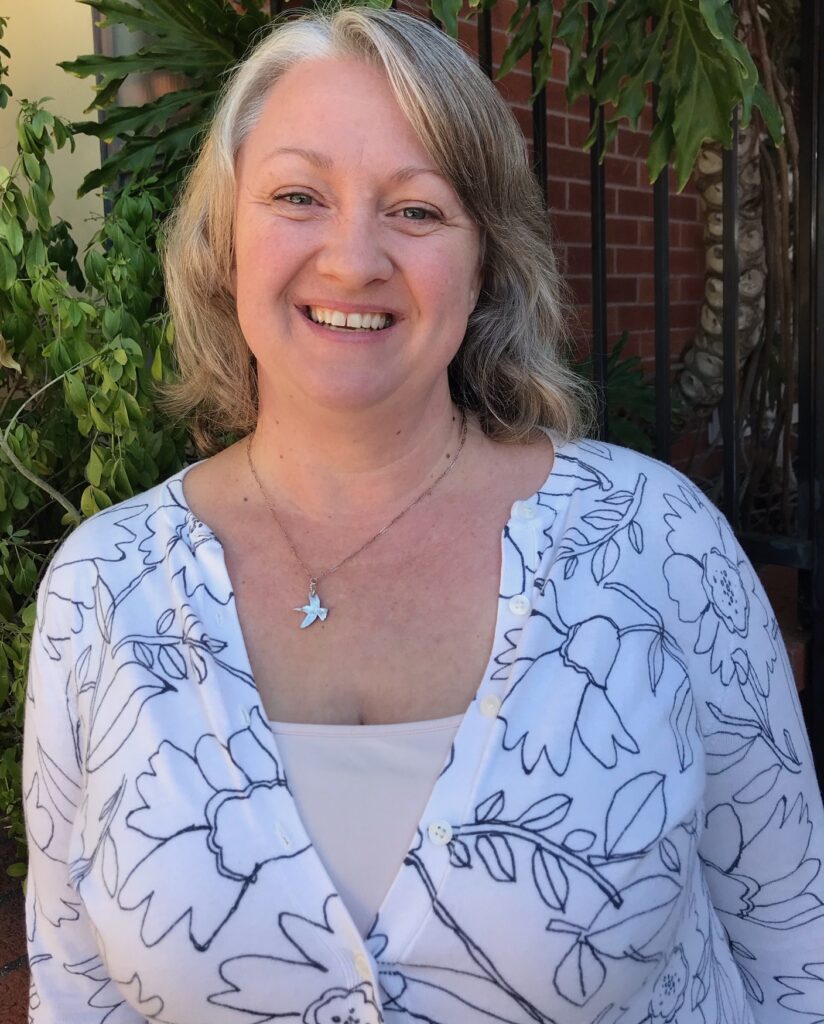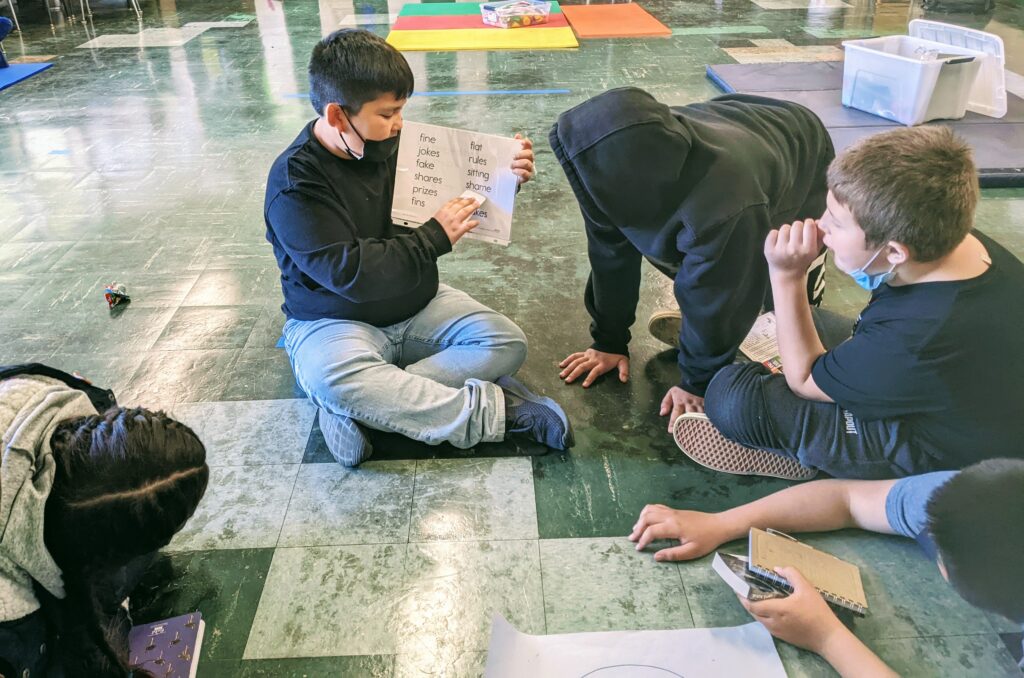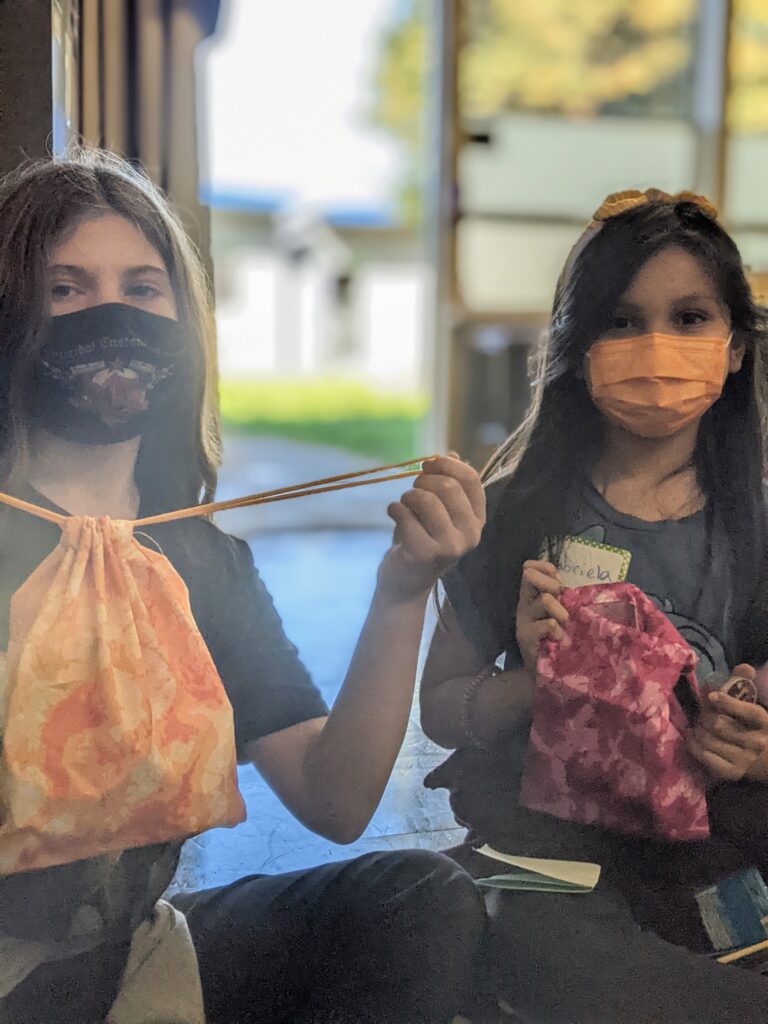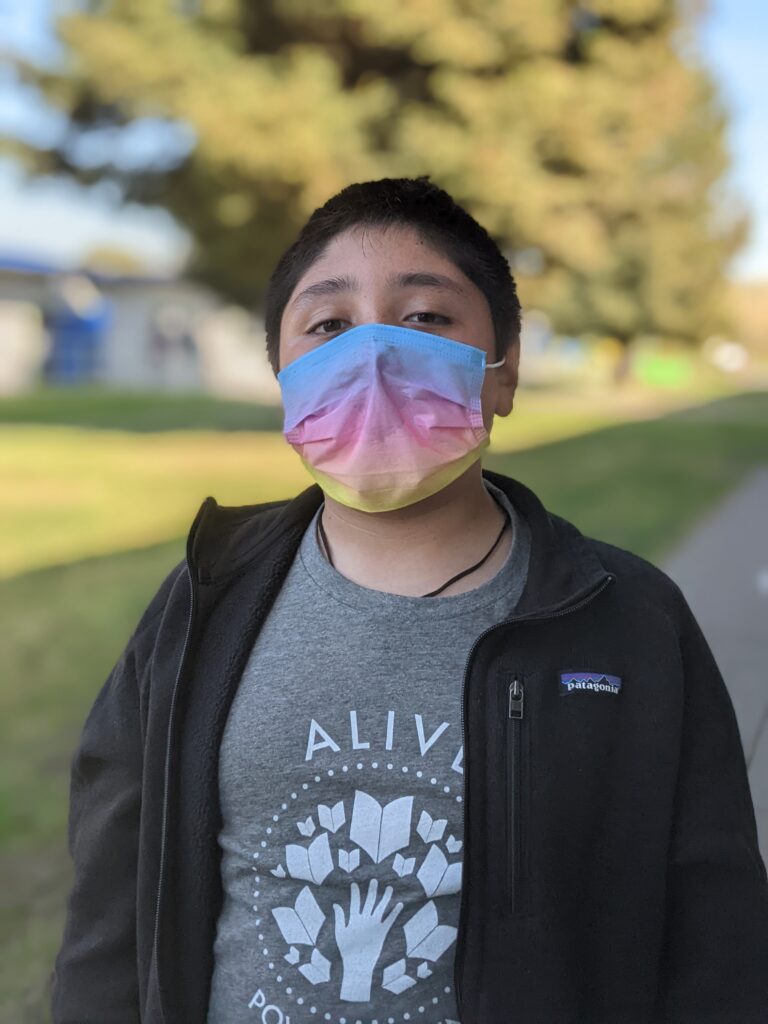
Stephanie Brady, M.Ed. DVC, shares about her work as the Executive Director for ALIVE, an educational nonprofit in Alameda County, California, that cultivates life success for K–6 students experiencing unstable living situations such as foster care and homelessness.
Collaborative Classroom is honored to be involved with ALIVE through their use of our SIPPS® program.
Tell us a little about yourself, your organization, and the children that you serve.
I founded ALIVE in 2019 when I realized, as an educator and foster parent, how little academic and emotional support exists in our school system for children who are uprooted. ALIVE is a nonprofit which serves Kindergarten through 6th-grade children who are experiencing foster care or homelessness.
Our engaging program provides targeted reading intervention, social-emotional learning, and identity development in order to guide uprooted children through the process of feeling grounded within themselves and their communities.
What is the most rewarding part of being an educator for you?
Education is a powerful tool, a set of skills and knowledge that belongs uniquely to each child and cannot be taken away.
The highlight for me as an educator is when a child discovers they actually enjoy reading. Their confidence skyrockets, they identify with topics and ideas, e.g. “I really like learning about polar bears!,” and the sparkle in their eyes is transformational.
Reading for enjoyment is a gift that lasts a lifetime. Best of all, a child’s enjoyment of reading will shape a meaningful future.
Education is a powerful tool, a set of skills and knowledge that belongs uniquely to each child and cannot be taken away.
As the leader of a nonprofit community organization, how did you become interested in SIPPS?
As educators and reading interventionists, our team at ALIVE was very selective when choosing a reading program.
We chose SIPPS because it is research-based, accessible at all levels, and students experience immediate success working in their zone of proximal development. We love the encoding portion and the connection between the word work and fluency experience in real stories. The stories often reflect the students we serve, and that is an essential component as well.
A benefit for our work in Alameda County, CA was that several school districts were adopting SIPPS. It is powerful when students experience success outside of their classroom during their time at ALIVE and then leverage that success in school.
How long has ALIVE been implementing SIPPS? Tell us a little about the implementation.
We started using SIPPS in 2022. The beginning was a challenge, as intervention often is for students who have had educational interruptions. The students were worried that they wouldn’t be able to do the work. This phase is normal in reading intervention, and we were able to have real conversations about how reading works.
We implemented SIPPS in short sessions, mastering a few routines at a time. By the second week, the students were engaged, eager, and delighted by how much they actually knew.
Each week, the students were excited by the many new words and sounds they were mastering. Their confidence and engagement with books increased tremendously.

What do you appreciate about SIPPS? What do the children you serve at ALIVE appreciate about it?
For our children, who have had so much taken from them, it is easy to feel like nothing is “theirs.” Education and a sense of self are something that nobody can take away. SIPPS delivers on both fronts.
For our children, who have had so much taken from them, it is easy to feel like nothing is “theirs.” Education and a sense of self are something that nobody can take away. SIPPS delivers on both fronts.
Our students find comfort in the accessibility and predictability of SIPPS. Frequent successes build their confidence and sense of being part of a team.
Our students love when it is their turn to lead part of the routine. Each student brings their own style to leading, which keeps everyone engaged and eager to share. SIPPS can be a bridge for students to find their own voice and leadership abilities in their education.
What have you noticed about students’ learning and engagement? What has your team noticed?
Our students gain confidence from the experience of reading accessible text independently and with partners. When our students get to read high-interest targeted text, we see their faces soften, their focus deepen, and their confidence bloom.
After being able to read such texts, I have heard some of our students say, “I always wanted to read and now I can!”
SIPPS is a game changer for our students. Our staff have commented that students participate more, engage with reading more consistently, and demonstrate increased academic confidence.


What thoughts or insights would you share with a community-based organization that is considering SIPPS?
In my experience with older students and students who have experienced trauma in their young lives, SIPPS works best in a group of 4 students. The students need to build a safe space where they trust that academic risk-taking will be met with support.
SIPPS is useful in the classroom for slightly larger groups to reinforce skills. Small SIPPS groups that meet at least 3x per week will show the biggest growth and—as I said before—will create a game-changing impact for the kids who need it most.
***
Related Reading
- Learn how the Read2Succeed tutoring program uses SIPPS with its youngest students, in one of Florida’s largest school districts.
- Read an interview with Texas nonprofit tutoring organization Literacy Now and learn how they use SIPPS in 20 schools to support more than 1,300 striving readers.
- Discover why the Florida State Alliance of YMCAs uses SIPPS for its statewide YMCA Reads after-school program.
- Find out why so many state departments of education are recommending SIPPS.
